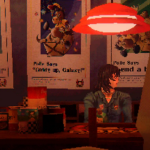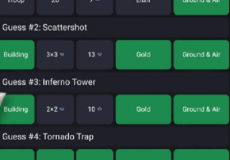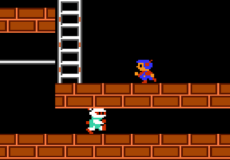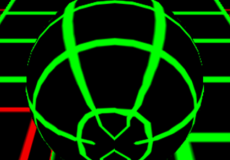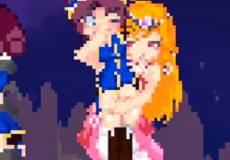

Missing Banban
Advertisement
Missing Banban is a side-scrolling action game that places the player in the role of Sheriff Toadster, who is tasked with finding Banban after his disappearance. The setting expands the existing Banban universe, shifting from enclosed horror environments to open, layered stages. Movement and reaction define progression more than dialogue or narrative. The goal is to advance through a sequence of areas filled with traps, enemies, and mechanical puzzles that require precise control. Every section demands awareness of timing and space rather than force or speed alone.
Advertisement
Similiar games
Missing Banban is a side-scrolling action game that places the player in the role of Sheriff Toadster, who is tasked with finding Banban after his disappearance. The setting expands the existing Banban universe, shifting from enclosed horror environments to open, layered stages. Movement and reaction define progression more than dialogue or narrative. The goal is to advance through a sequence of areas filled with traps, enemies, and mechanical puzzles that require precise control. Every section demands awareness of timing and space rather than force or speed alone.
Structure and Gameplay
The design of Missing Banban follows a linear level format where each area introduces new hazards and enemy types. The player moves horizontally while managing jumping sequences, shooting, and obstacle evasion. Platform stability changes during play—some structures collapse or shift as weight is applied, forcing constant motion. Enemy placement is deliberate, testing observation and quick adjustment. Combat depends on rhythm, with a short delay between attacks that prevents random shooting. Movement patterns, projectile arcs, and enemy proximity all play a role in maintaining survival.
Core systems shaping the experience include:
· Jump, dash, and wall-climb mechanics for vertical and lateral mobility
· Weapon switching tied to ammunition limits
· Enemy wave control and behavioral scripting
· Checkpoint progression with limited health recovery
· Collision detection and hit registration consistency
Each system connects to the others, producing a cycle where reaction and decision-making are equally important. The result is a structure that rewards consistency and pattern memory over trial and error.
Progression and Challenge
As the game advances, Missing Banban increases mechanical complexity rather than relying solely on enemy count. Hazards blend environmental traps with movement puzzles, and later stages add shifting light or gravity conditions. Weapon upgrades and new abilities unlock gradually, expanding tactical options without simplifying combat. Boss encounters serve as checkpoints for mastery—each requiring the player to demonstrate understanding of previous mechanics under stricter timing. Failure sends the player back to earlier sections, reinforcing repetition as a learning method.
Context and Continuity
Missing Banban connects to the broader Garten of Banban series but reinterprets its elements through action gameplay instead of exploration or fear. Familiar characters appear as altered figures, serving more as mechanical challenges than narrative elements. The continuity lies in shared symbols and tone rather than story retelling. The focus remains on control and environment rather than dialogue or exposition.
Discuss Missing Banban

